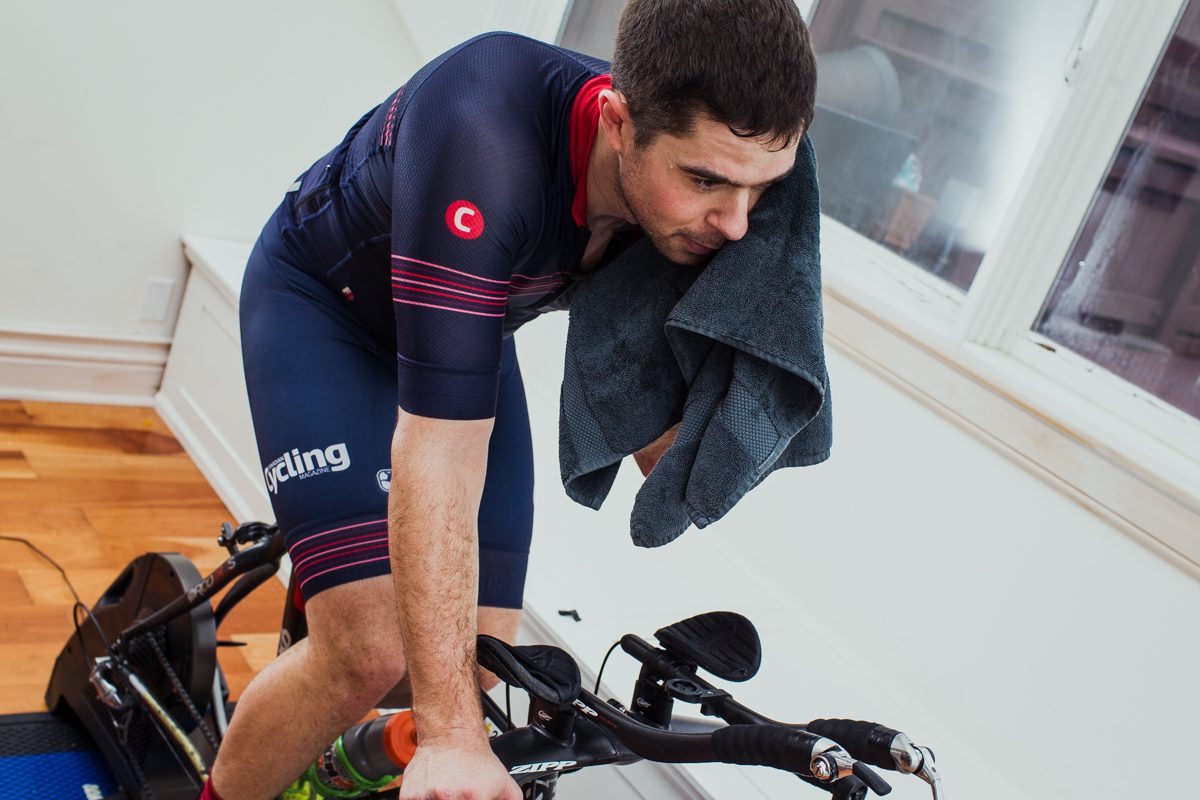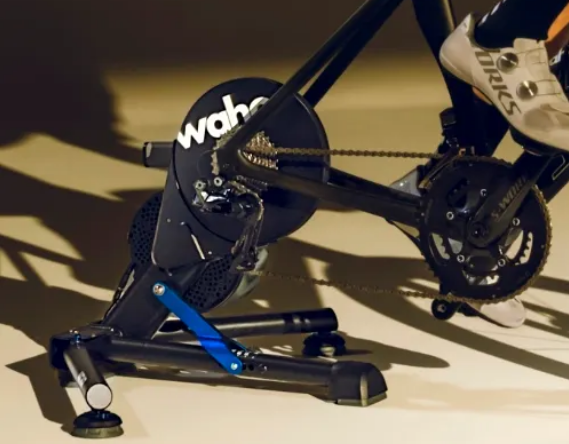Nail a bike PB this summer with these indoor workouts
Ironman pro explains why you shouldn't spend all your time riding outside this summer if you want to get better on the bike
 Photo by:
stetzphoto
Photo by:
stetzphoto
As a triathlete, incorporating indoor riding sessions into your training plan can be a game-changer for optimizing your bike leg performance. While outdoor riding remains valuable, the controlled environment and capabilities of smart trainers allow you to apply specific training principles. By focusing on race simulation, targeted intensity, low-cadence work and nutrition practice, you can build a stronger cycling engine prepared for your next event.
Nailing Race Execution
One of the main benefits of training indoors is replicating the power outputs and course demands of race day. With platforms that upload GPS route files, smart trainers can adjust resistance to mimic climbs, descents and undulations of the actual course. This helps dial in your goal watt targets and practice climbing cadences beforehand.
For example, when preparing for an Ironman, you can upload the bike course profile and have the resistance match the terrain. Including intervals like 3 x 20 minutes at projected Ironman race watts gets your mind and body used to sustaining that intensity while handling course features. Your body adapts to the imposed stress, so replicating race demands reinforces the needed stamina.

Focused Training Stress
Another advantage of indoor riding is accumulating concentrated training stress without outdoor condition variables. Smart trainers let you hit specific Training Stress Scores (TSS) or maintain target watt zones for set durations. This control is really valuable.
If a workout calls for 60 minutes between 80 to 90 per cent of your FTP, you can set the trainer to keep you in that range, building aerobic endurance in a controlled setting. This focused training develops the capacity to sustain steady efforts on race day.
Building Strength with Low Cadence Work
Indoor riding also allows working on cycling-specific strength through low-cadence, high-resistance efforts. As triathletes may prefer higher cadences outdoors, the ability to grind low cadences generating significant power is crucial for conquering steep climbs and headwinds.
Smart trainers provide controlled resistance for drills like 5 x 5 minutes at 50 to 60 rpm with high resistance. These build muscular endurance, training your body to recruit more muscle fibers when the going gets tough.
Low-cadence work can also improve pedaling technique by promoting a smooth, even pedal stroke throughout the entire pedal revolution, eliminating dead spots. This translates to better power transfer and efficiency.
Three classic indoor bike trainer workouts for triathletes designed to work on speed and power
Dialing in Nutrition
The stationary trainer serves as the testing ground for dialing in race day nutrition strategies. You can practice fueling up and nailing intake timing while holding goal race watts, seeing how your body responds under that stress to make adjustments.
Setting up bike-run bricks by transitioning straight from the trainer to a run preps you for the metabolic and neuromuscular challenges of that transition in races. Integrating these race simulations lets you problem-solve and fine-tune your nutrition plan before key events.
Indoor riding is a valuable tool for maximizing bike leg performance by leveraging the benefits of smart trainers and following a structured, race-specific training approach. The ability to apply specific principles in a controlled environment can build new levels of strength, endurance and efficiency on the bike.
Angela Naeth is a professional triathlete, gravel cyclist and coach. She holds a Masters degree in Physical Therapy and Exercise Science, as well as a Bachelors degree in Health Science. Naeth has an extensive background in endurance sports and uses her expertise to help athletes of all levels reach their full potential. To learn more, visit her website at www.angelanaethcoaching.com.
